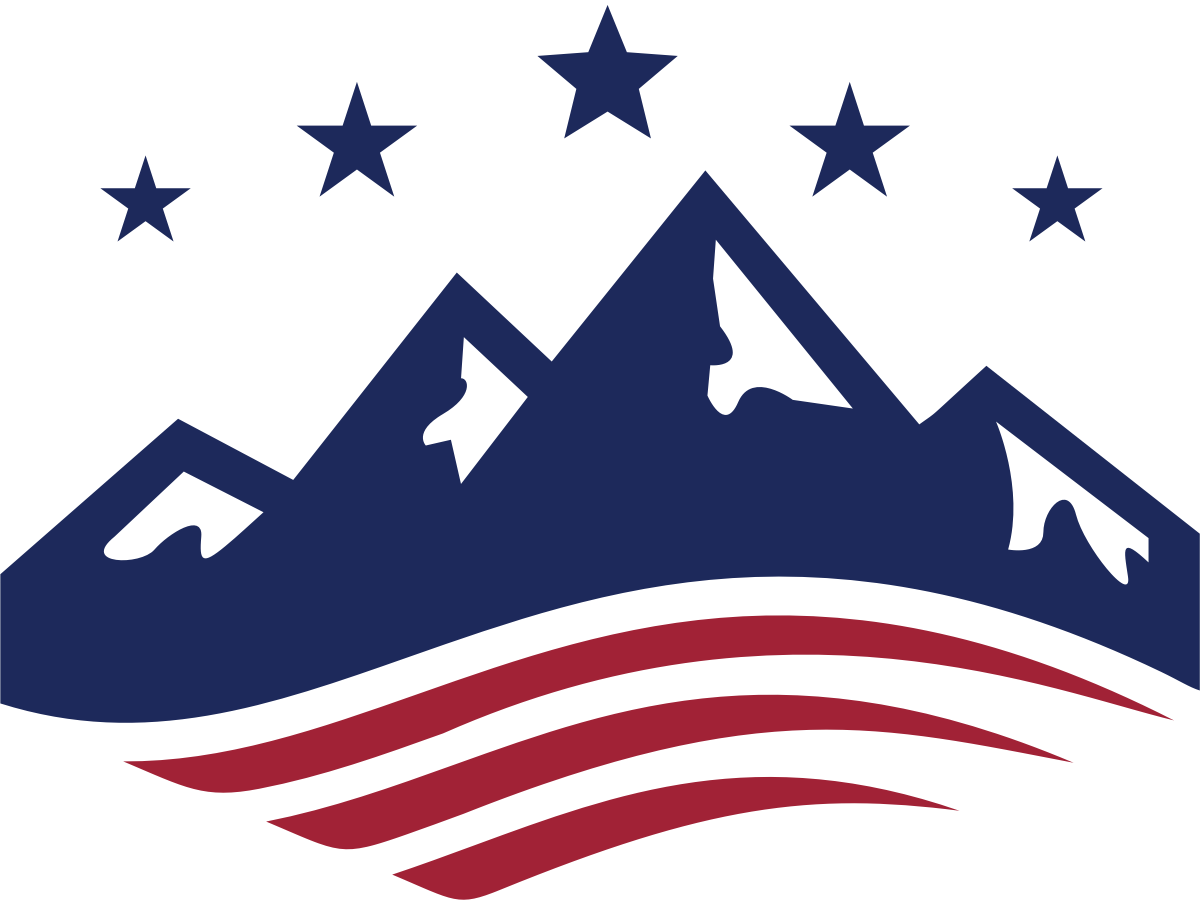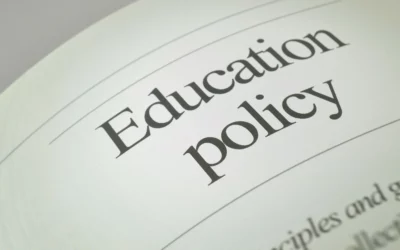
Written by Christine Cooke Fairbanks
August 17, 2023

It is back-to-school season. Many parents are looking forward to sending their children to school after a summer of being home all day. Some might be dreading the grueling schedules and nightly homework. Whatever school looks like, parents can be engaged in their child’s education.
Parental involvement in education has positive benefits for students in attendance, grades, graduation rates, self-confidence and more. Since the pandemic, there has also been an increase in the number of parent-driven education models – which are models wherein the parent becomes the direct instructor, funder, administrator or host. Several states have passed legislation creating education choice programs that make parent-driven education models more accessible and fund them by the state.
This resurgence of parent-driven education in today’s legislative landscape has created a unique hybrid approach to education that incorporates some American themes about how and why we educate kids. While all states have accepted and borne the responsibility of creating an education system that is universal and “free” (tax-supported), some states see that the objective can now be met while including a range of options.
No longer is the state’s requirement to provide an education enmeshed with creating and staffing state buildings. It is a promise to offer all children the funds and flexibility to meet them where they are as individuals in a pluralistic society.
Universal education savings accounts
For many education choice advocates, the gold standard for education choice might be the universal education savings account, whether directly with the state’s funds or through a tax credit scholarship system.
The term “universal” means that the program applies to all students regardless of a specific category. For instance, in some legislation the program was limited to students with disabilities, students from a low-income home, or other needs. Still, other types of private school choice still show a commitment to expanding choice. Since the COVID-19 pandemic, many states have passed legislation for families that would do just this.
First year of the pandemic: 2020
Near the beginning of 2020, the COVID-19 pandemic changed education. The biggest catalyst for change was when public health orders shut down schools for in-person instruction, and kids were sent home for remote learning.
During the calendar year 2020, states showed their differences in their distinct policy responses, especially as it came to reopenings. For example, Florida ordered schools to reopen in fall of 2020 and Arizona’s governor pushed to have schools reopen in fall of 2020, while schools in California and New York stayed closed until fall of 2021. Families began to look for options educationally, many making the leap between spring and fall of 2020.
For instance, in 2020 Utah passed a tax credit scholarship for students with special needs, which expanded options for this demographic. Utah already had a voucher for students with special needs called the Carson Smith Scholarship, but the tax credit scholarship opened new venues for funding and allowable expenses.
In 2021
The year 2021 was dubbed by some the “the year of school choice,” and for good reason. The nation witnessed a significant spike in states enacting education choice policies as the pandemic roared on and caused controversies in education, including continued school closures, masking requirements, and curriculum debates that spilled over into public school board hearings gone awry.
In the year 2021, several states created new education choice programs. Indiana, North Carolina, New Hampshire and West Virginia passed education savings accounts. Likewise, Arkansas and Ohio passed tax credit scholarships while Kentucky and Missouri passed tax credit education savings accounts. Many other states (over 20) expanded or improved upon existing education choice options within their states.
In 2022
By the time 2022 started, the momentum for bold education choice was strong and did not slow down.
Once again, Arizona made waves for trailblazing education choice. This time, the state passed legislation that created the first fully universal education savings account in the nation. This feat was the natural capstone to their policy landscape, which gradually had been giving ESAs to diverse groups and categories of families for several years. By July 2022, Arizona had a significant foundation, infrastructure, and support for a universal program. The demand for the universal program was so high, in fact, that the website for the program became overwhelmed as parents tried to access it.
During this year, other states created many new opportunities for families. Across the nation, states expanded access to charter schools, protected learning pods, changed funding formulas to prioritize individuals rather than systems, passed curriculum transparency laws, expanded upon education savings accounts and other choice scholarship programs, and in one state (Kansas) passed an open enrollment law.
In 2023
In the current year, the story continues with eight states passing new programs. Nebraska and Oklahoma both passed tax credit scholarships. Arkansas, Florida, Iowa, Montana, South Carolina and Utah all passed education savings accounts (Florida converted its existing voucher program into an ESA). Additionally, Ohio built a universal education savings account into its budget, and Indiana expanded an existing program. Many of these are universal programs, prompting some to call 2023 “the year of universal choice.”
Utah’s 2023 legislation created the Utah Fits All scholarship program. As far as requirements go, it is a universal program, since all students can apply without needing to be in any specific category (e.g., low-income, special needs student, etc.). Program enrollment, however, is limited based funding. It’s first-year budget equates to offering $8,000 scholarships to roughly 5,000 students.
Education choice in the future
Education choice programs that have recently passed are being implemented now or will be implemented in the future. Based on political momentum, many programs seem likely to expand in coming years through additional funding and/or expanded eligibility. Some new programs or program expansions will likely be challenged in court. This means the impacts of broad education choice will be observed and studied in coming years.
But as more mainstream American families take advantage of these choices, our nation is likely to see the conversation around publicly funded education change for the long haul. Debates that in the past were largely focused upon persuading people without much personal experience with education choice to support or oppose choice programs will not include a critical mass of American families personally participating in such programs.
America’s story arc does not point in a single direction, but it is grounded in ideas like equality and upward mobility. For that reason, state-funded universal education has been the well-established norm for people.
At the same time, the parent-driven element of education is also part of our American DNA. We believe parents have the privilege and responsibility to educate or direct the education of their children, which is how our nation started. Many Americans believe that the state plays a role in education, which parents can navigate but to which they need not entirely default.
These driving forces have been revealed in policy battles over decades of our nation’s history. And parent-driven education sometimes came with right-leaning, left-leaning or bipartisan support.
During the pandemic, when people felt restrictions and state authority in education getting too robust, the impulse to move toward more parent-driven education got stronger regardless of a family’s ideology. Parent-driven education is on the rise. Based on its widening base of support, it’s probably here to stay.

Insights: analysis, research, and informed commentary from Sutherland experts. For elected officials and public policy professionals.

- The COVID-19 pandemic was a catalyst for parent-driven education and education choice legislation.
- Many states have passed universal education choice programs, which means they are open to all students and are not limited by certain income levels or categories.
- Today’s education choice landscape is a hybrid of universal, publicly funded education and parent-driven education options.
Read More
Education policy to consider during the 2024 election season
Here’s a look at what each presidential candidate is likely to focus on in education, given their track records and campaign platforms.
Ignoring the text of the Constitution is a mistake
A written Constitution is entirely superfluous if the document is simply meant to give the people what they want.
What you need to know about election integrity
It should be easy to vote and hard to cheat. This oft-quoted phrase has been articulated as a guiding principle by many elected officials wading into voting and election policy debates in recent years. So why has this issue been so contentious, and what’s the solution?


